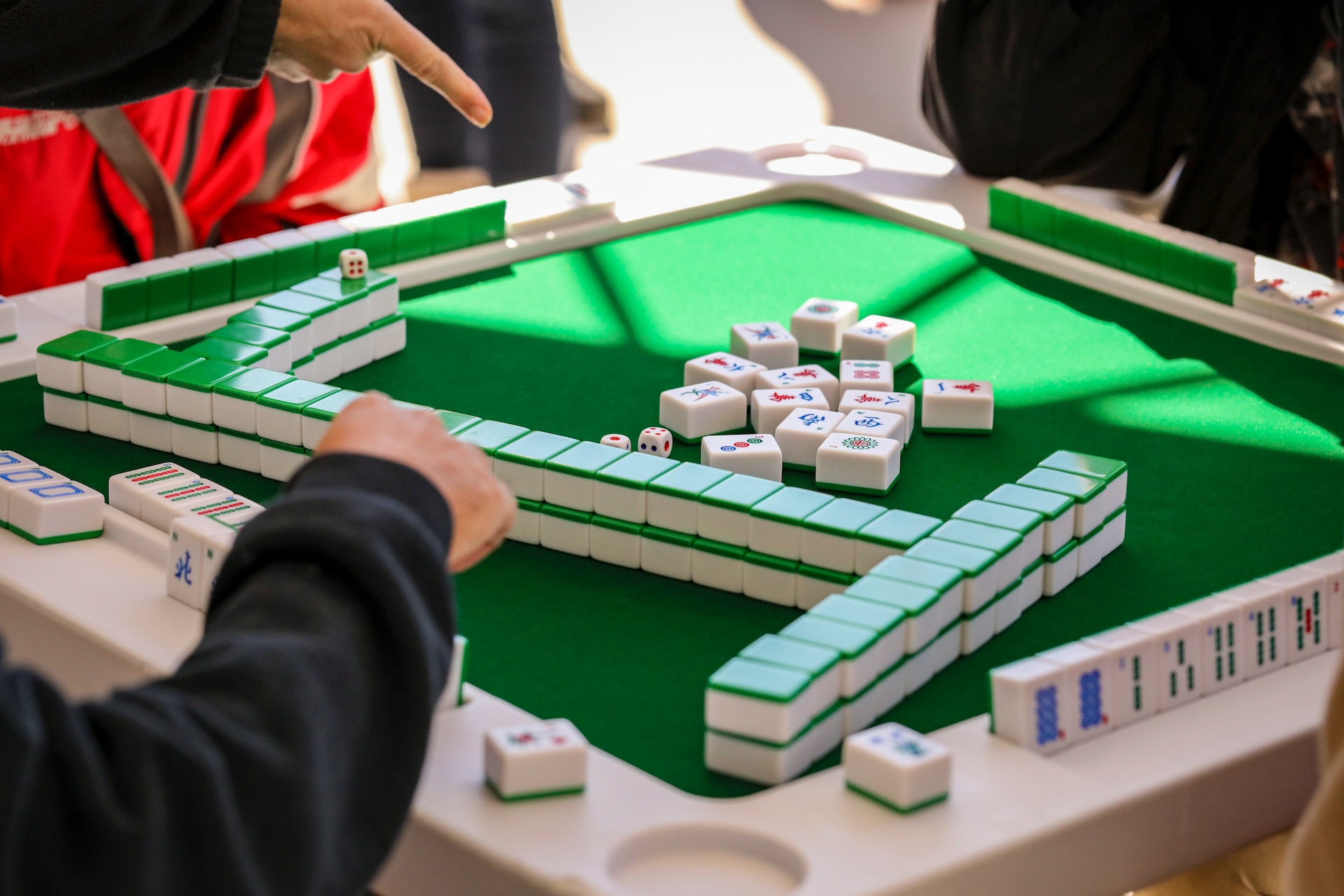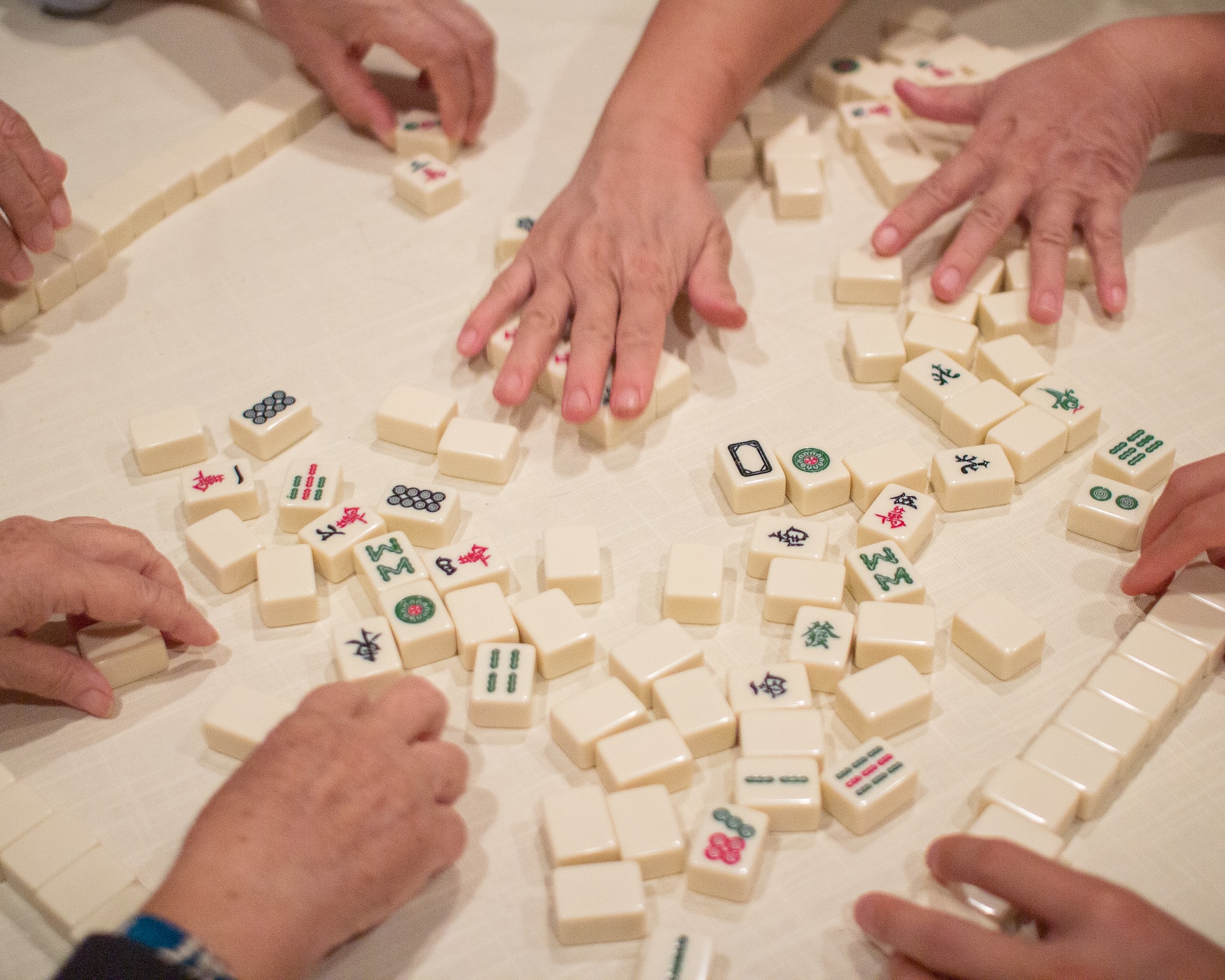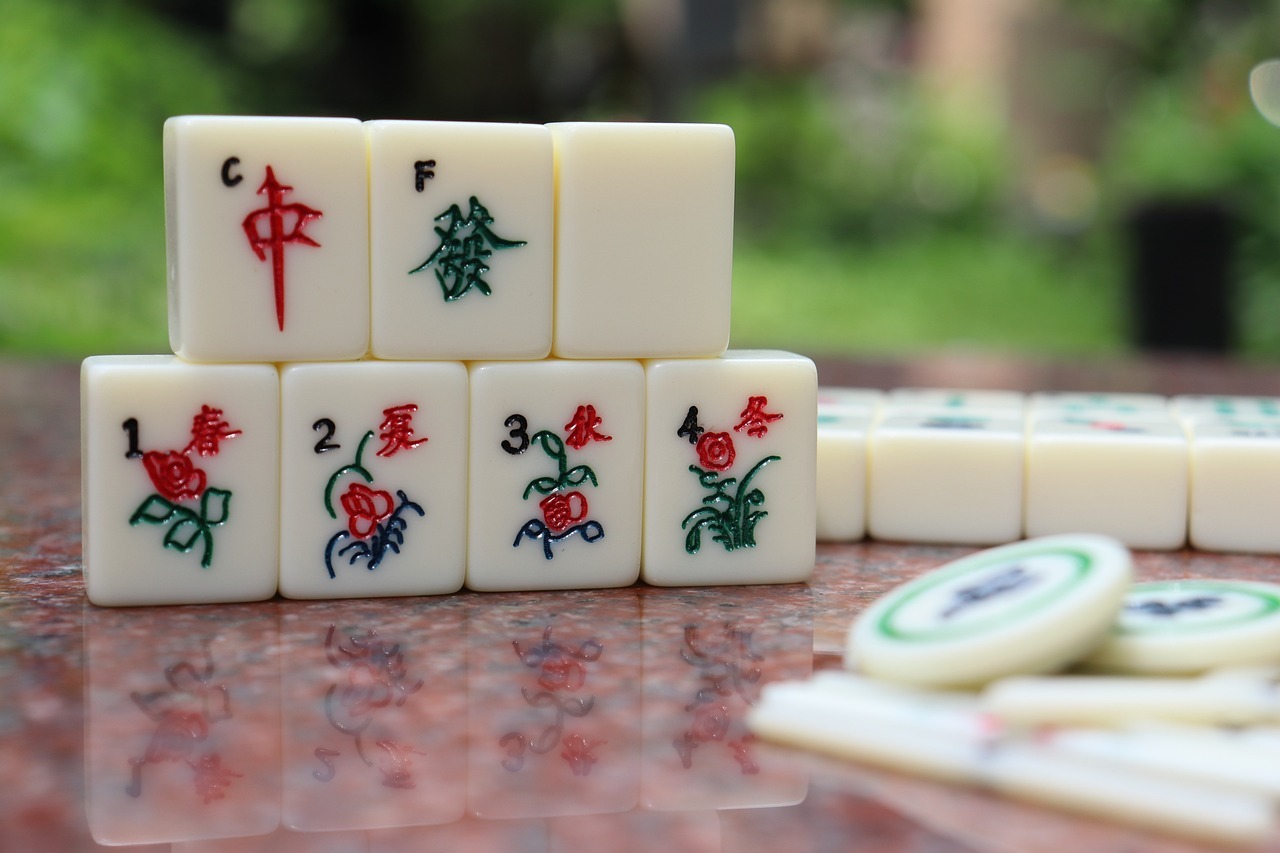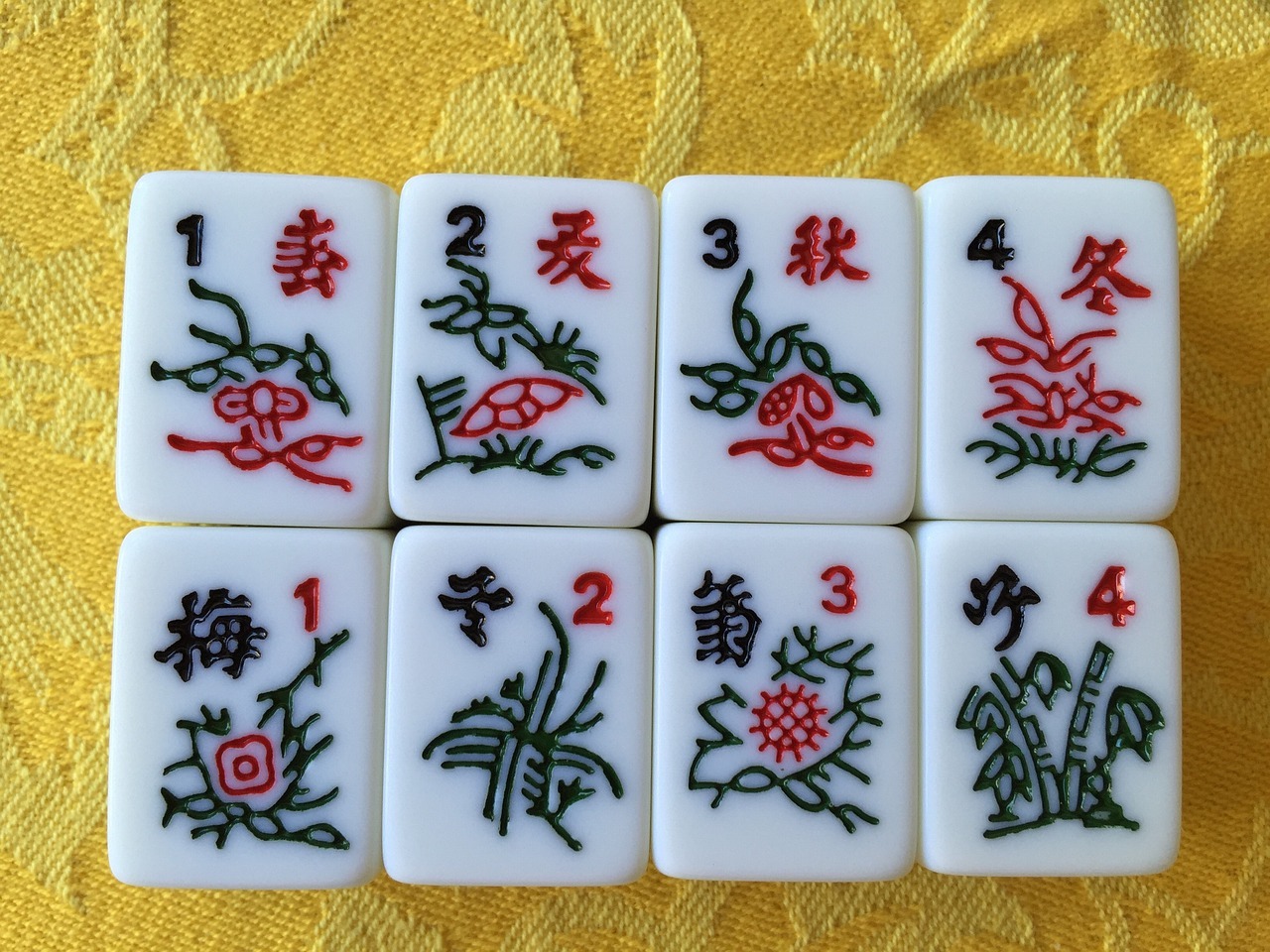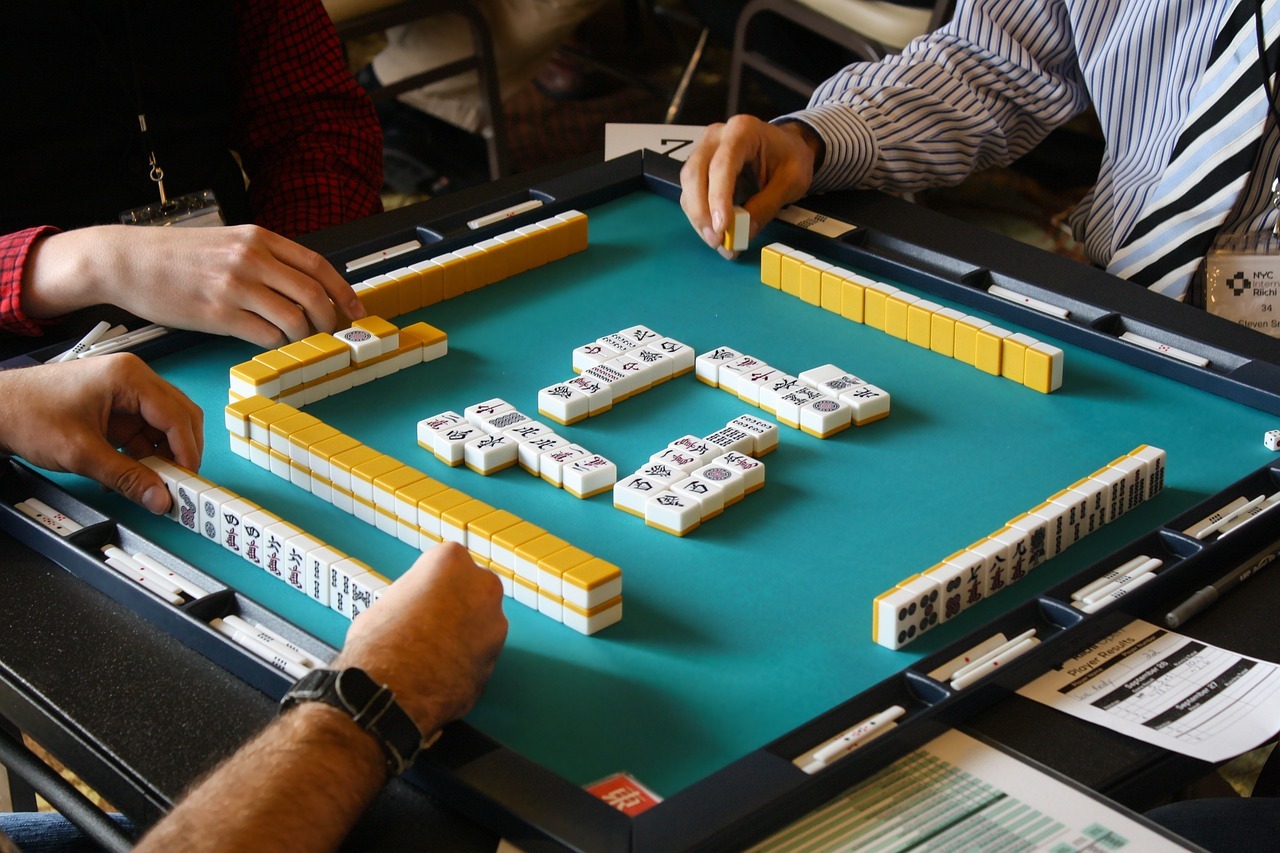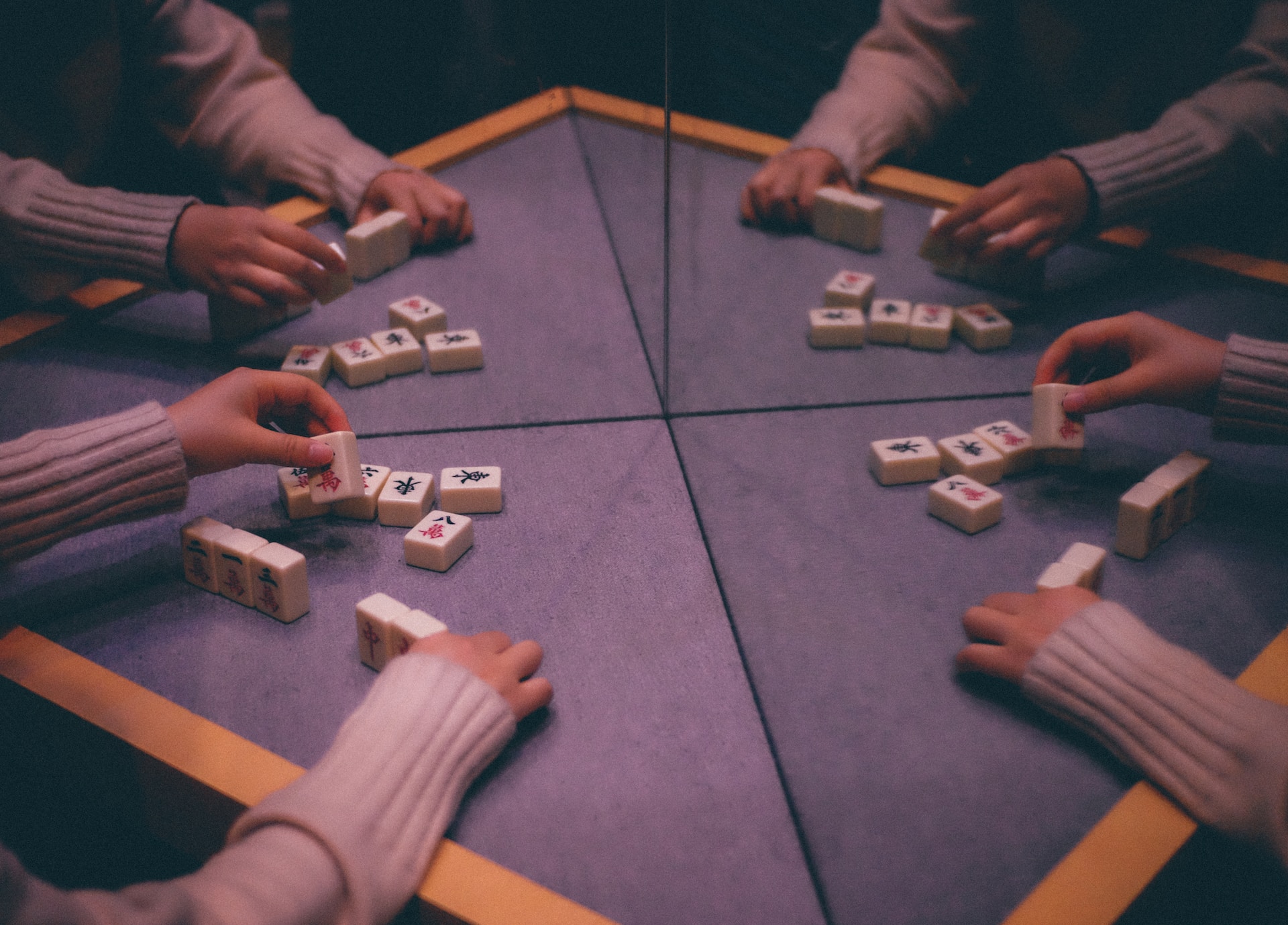Introduction
When you think of Mahjong, you probably picture an elderly crowd seated at a table, totally focused on the game. The game of Mahjong is entirely different from dominos, even though the tiles are similar. Mahjong is more comparable to the card game Rummy played in the West. China is the biggest market for this tile-based game. It is a popular pastime and form of entertainment, particularly during the Spring Festival. It is a kind of entertainment and a portrayal of traditional Chinese culture. The game is ranked as the sixth most crucial aspect of Chinese culture. Mahjong is a fantastic way to unwind because it reduces tension and improves mood.
Mahjong, like any other ancient game, has become popular worldwide over the years, and there are many regional variations, from the prevailing Chinese wind system to American Mahjong with unique bingo-like scoring cards. It is particularly popular in America, played mainly by Jewish women or people of Asian background. Read on to understand the meaning and importance of Mahjong, from its rich history to the crucial game and the tips on how to play it.
Overview of Mahjong
Around the square wooden table, four players are huddled. Each person takes turns taking and tossing tiles from the stack of Mahjong tiles in the shape of a diamond. Viewers stand and view over the shoulders of the participants. And in an instant, one of the players snatches a tile, looks at it, and shouts “” (Sik Wu) in Cantonese, flipping over their row of tiles in a single rapid movement while their opponents sigh in defeat. Mahjong is a game that many people have heard of, but most people might not know what it is. Mahjong is much more complex than most people realize. Players from all over the world enjoy playing this thrilling game of strategy and chance. Mahjong (ma Jiang), a fast-paced four-player game, is hugely popular throughout Asia. Mahjong is played as a social game of chance among family and friends.
Several tiles are typically used when playing this game. These tiles have many suits and ranks, just like most decks of cards. Each player selects their tiles once the tiles are mixed and a dealer is selected. Then, using their tiles, the participants attempt to make matches. In a standard game, four players first acquire, discard, and exchange tiles to assemble 14 tiles in a specific combination. Mahjong is a quick-moving, thrilling game that also involves some luck.
The game of Mahjong encourages participants to learn the language’s fundamentals. Counting in Chinese from one to nine is helpful for Western players, and Mahjong teaches its players a few Chinese key terms. Mahjong players must outsmart their opponents, never become too accustomed to what they have, and be willing to take risks to succeed in the game. You can only win the game if you throw away tiles.
Mahjong tiles come in three basic suits: characters, circles, and bamboo. Each of these suites contains one through nine tiles. One to nine circles can be found on each tile in the circle suit, whereas one to nine sticks are on each in the bamboo suit. On the other hand, the character suit’s tiles are typically marked with nine different Chinese digits. For a total of 108 suited tiles, there are four of each of these tiles. Honor tiles don’t have a rank or suit. Honor tiles come in two varieties. One of the four wind tiles represents each of the four directions—north, east, south, and West. Red, green, and white are the three different colors of dragon tiles. There are four of each of these tiles, making a total of 28 additional tiles. A dealer is selected before shuffling, typically by rolling a dice. Then, each player shuffles the tiles by moving them about the table while they are face down. The next step is for each player to collect 36 tiles and arrange them into two groups to form a wall. Then a square is created by pushing all the walls together. Then, the players select their tiles.
The Interesting History of Mahjong
The history of Mahjong has been the subject of several theories. Some people believe that Confucius created the game in the early 500s BC. This argument is based on the observation that the three dragon tiles in the game appeared to correspond to Confucius’ three noble virtues. Many people question this assertion, arguing that there is no proof that this game existed before the 19th century. Another story contends that troops looking for a way to pass the time during the Taiping revolt in the 1800s may have invented Mahjong. However, Mahjong was derived from a card game called ma tiae with the same features as the present mahjong game. Still, according to another theory, Mahjong was created when the Ming dynasty was in power under the name Madiao. This game is compared to the card game Ya Pei because the wording on the Mahjong tiles and the flowers on the Ya Pei cards have a lot in common. However, there isn’t any conclusive evidence to back this claim.
Although it is evident that Mahjong originated in China, it has yet to be discovered with certainty when or how it was created. However, before becoming famous worldwide, it is believed to have been played for a long time in China. The cards are thought to have been based on draw-and-discard games that were popular during the 18th and 19th centuries, and the oldest account of the game in China was in the 19th century, before World War I. Penghu, a card game that required 120–150 pieces, is said to be Mahjong’s most likely progenitor. When playing with cards or tiles in the 19th century, both names—Maque and Penghu—were interchangeable.
Mahjong’s beginnings as we know it now can be traced to Southern China in the middle of the nineteenth century, at the close of the Qing Dynasty, the last imperial dynasty. During a difficult period in China when tragedies were happening left and right, the game rose in popularity. Mahjong grew like wildfire across the open treaty ports because of the unjust Treaty of Nanking, the Taiping Rebellion, which saw China’s defeat in the first opium war, and the fall of the Qing Dynasty. Travelers from around China would bring the game back to their different provinces after passing through the ports, and soon everyone in China—rich, poor, men, and women—was playing it. But like its predecessor Madiao, the game drew harsh criticism from officials who saw it as a symptom of moral decline, dishonest government employees, and time wastage. Mahjong became more and more linked with the less honorable aspects of society throughout time, and the People’s Republic of China even banned it in 1949. The restriction wasn’t removed until 1985. Mahjong regained its popularity after this point, not only in China but also in many countries of the West.
However, despite the game’s bad reputation, Mahjong occupied an important place in people’s hearts. Many ladies congregated with their Mahjong pals in the 1940s to escape the complicated reality of their daily life. When China’s nationalist security services kept an eye on him, the Marxist academic Wu Han would converse about politics and current affairs while pretending to play Mahjong. Given how noisy Mahjong is, this strategy worked nicely. Complex tile shuffling produces loud rumbling and clacking noises ideal for masking conversations. The game wasn’t brought back and started doing well again until 1985.
Jewish American women were among those who contributed to the creation of the National Mah Jongg League. Mahjong became firmly established in the culture of many Jewish families because of these women’s efforts to spread the game to other Jews. Mahjong became a means for these ladies to establish social ties in these new districts following World War II. Even so, the game’s rules alter depending on the Chinese province because each province has its own name for the game in its regional dialect. The name can also be spelled ma ch’iau, ma cheuk, or ma Jiang.
Unlocking the Meaning of Mahjong Tiles
The players must first be able to identify and understand the significance of each mahjong tile to learn how to play Mahjong. Each tile set has four suits: three easy suits, which are stones, characters, and bamboo; two honor suits that correspond to winds and dragons; and one optional suit, which is the flowers.
1. Stones
The stones suit is sometimes known as cookies, wheels, or circles. The stone suit is round, and each tile’s face has one to nine round shapes. The rounded form represents a “tóng,” a coin with a square hole in the center. Each stone suit comprises four sets, each of which contains nine tiles. This indicates that each game set includes a total of 36 stone tiles.
2. Characters
Characters are a basic suit, often known as digits, thousands, or coins. On the surface of these tiles is the character (wàn), which denotes 10,000. Additionally, each tile features a Chinese character from one to nine. Therefore, to arrange the tiles in numerical sequence, learning how to read numbers one through nine in Chinese is required. Each set has 36-character tiles.
3. Bamboos
Sticks, commonly called bamboo, comprise the last group of basic Mahjong suits. The bamboo sticks are a representation of the old Chinese bamboo strings. Most tile numbers are represented by sticks; however, the first tile features a bird perched on a stick, so it is frequently referred to as a “bird” rather than one. Each set has four sets of bamboo tiles, making 36 bamboo tiles.
4. Flowers
In contrast to the other tiles, flower tiles are a suit that is optional and not strictly necessary to play the game. However, many people include them, and depending on the regional variation, this suit has different functions. Like the Joker in card games, some people use flower tiles to complete various combinations. In contrast, some people add them for bonus points. The flower tiles, in contrast to the other three tiles, have eight tiles, and only one set is accessible. The four flower tiles represent the year’s four seasons: winter, spring, summer, and fall. The other four are chrysanthemum, bamboo, orchid, and plum, representing the four Confucian plants.
5. Honor Suits
Mahjong can also include two honor suites, wind, and dragons, often known as arrows. Each of the four tiles in Winds stands for the compass directions of north (bi), south (nán), east (dng), and West (x). There are 16 wind tiles divided among the four sets of tiles. In contrast, there are three arrow tiles, each with various meanings unique to Chinese culture. However, in essence, they can be distinguished by their emblems and red, green, and blue colors.
A red (zhng) is associated with the Confucian virtue of benevolence, success in archery, and passing the imperial examination. A green tile means “get rich,” but it also alludes to the Confucian virtue of sincerity and an archer releasing their draw. The last symbol is blue (bái, white), representing the whiteboard. The whiteboard represents a miss in archery, being free from corruption, or the Confucian virtue of filial piety.
The Rules of Mahjong
Although there are variations with three players, most games of Mahjong are played with four players seated around a table. Players undertake routines involving the distribution of tiles, rolling dice, and shuffling the tiles. The trading of tiles then starts. The game ends when one player calls “mahjong” and matches a hand of 14 tiles. The winner is then selected by scoring the tiles.
A set of 144 tiles with Chinese characters or symbols is used to play the game. However, you can memorize only some 144 at a time because each player is only given 13 at the beginning of the game. The 14th drawn tile is used to create four sets and a pair, referred to as a “meld” and an “eye,” respectively. Players keep drawing and discarding tiles until they have a complete “hand.” Depending on the regional variation, different tiles in Mahjong can have varying values. It’s a deep, intricate game that’s best played with a skilled opponent in strategic tabletop campaigns.
1. Things You Need to Prepare Mahjong
The 136 tiles in the basic game consist of 36 characters, 36 bamboos, and 36 circles, representing the different suits. These are divided into four sets, one for 1 through 9. Additionally, there are 12 dragon tiles and 16 wind tiles. The basic game does not require the eight bonus tiles, which come in many sets and feature four flowers and seasons. The transaction is decided by rolling one pair of dice. The presence of four racks is optional.
2. The Objective of the Game
A Mahjong hand must be formed to win the game. So, until a winner is determined, the participants alternate picking and throwing away tiles. Each player must have 13 titles, known as a hand before the game can begin. The remaining tiles are placed in what is known as a wall. Each player must be given a wind for each turn. The game will begin for the player who is given the east wind. The game then proceeds counterclockwise, starting with the first player. They alternate picking and tossing out tiles.
3. Setting Up The Game
Before the game starts, pick a dealer to play with, which can be done by rolling a dice. The four wind tiles are dealt face down after being shuffled according to Chinese custom. Then, players take their seats according to their tile in the following order: north, West, south, and east. East is the first to deal. After the tiles are all mixed, the players construct a 34-tile wall in front of themselves that is 17 in width and 2 in height. The center of the table should end up with a sizable square tile wall.
The dealer throws the dice, counts how many tiles are on their wall’s right edge, and then divides the wall at that point to start dealing tiles clockwise from the left of that place. 13 tiles are distributed to each player. The dealer begins to play with an additional tile. Then, each player sets their own tiles such that only they can see them and no one else can. For this usage, racks are frequently employed. Play then starts to the dealer’s left when the dealer throws away one tile.
4. Completing a Pung
It would be best if you allowed time for other players to claim the currently discarded tile on your turn. Any player who can complete a mahjong with the discarded tile has a good advantage of completing a pung. After that, the winner’s hand of 14 tiles is revealed; however, failure to finish a pung by claiming the abandoned tile, the player makes the sound of “pung” and then shows the two matching tiles that match the discarded tile. The player would say “pung” if, for instance, the discarded tile was the 7s of bamboo and they possessed two additional bamboo 7s on the rack. When a player calls pung, they turn the finished pung face-up, throw out a different tile, and the turn moves to the right.
5. Shouting Chow
You may claim a discarded tile at the start of your turn by shouting “chow” if it completes a chow for you, even though no one else has claimed it. Then, like in the pung example above, you must turn your Chow face-up to expose the finished run (for instance, 5, 6, or 7 of bamboo). After that, you throw away another tile and the game resumes.
6. The Kong
Some players use a “Kong,” which consists of four of the same tile. The same rules for claiming a discarded tile still apply, except anyone who finishes a game draws an extra tile immediately instead of discarding it.
7. The Hand End
When someone declares Mahjong and exposes a full 14-tile hand of four sets and a pair, the hand is over. When the wall is depleted of tiles, and no one has revealed Mahjong, the game is deemed a draw, and the dealer deals again.
8. Scoring of the Game
Whoever completes the Mahjong and wins the hand receives one point under simple scoring. Several more intricate scoring systems differ greatly by area. If you don’t win by accepting a discard, if you win with the last tile in the game, or if you have a pile of dragons, you get an extra point. If the pung was not revealed, doubled if the pung used ones or nines, and doubled twice more if the pung was a kong, exponential scoring awards each pung 2 points. Players should carefully agree on scoring guidelines before a game due to the numerous scoring variances.
Tips to Win Mahjong
Playing Mahjong with friends is one of the most entertaining and competitive activities. If winning at Mahjong is your goal, you must have a plan. The game requires a lot of experience and patience to understand how it is played and develop a good winning strategy. Even though there isn’t an “ultimate” Mahjong technique that guarantees victory in every game, some general gameplay tips can give you the advantage you need to win.
1. Plan Ahead to Ensure You Always Know What to Do
It’s crucial to consider both the tiles you pick up and the ones you discard. Expert Mahjong players always have a clear plan of how they want their winning hand to come out. Remember that your rivals are watching you intently and constantly calculating what tiles you have depending on what you pick up and what you don’t. Therefore, feel free to use bluffs. It is a successful tactic because you have the necessary knowledge and know-how. You can rely on the tiles you choose for your hand, but it’s important to proceed slowly and think things through.
2. Be flexible with your playing style.
Mahjong is an unpredictable game, so if you want to win, you’ll need to discard seemingly perfect plans and use some. The most skilled Mahjong players know how tricky the game can be. Be adaptable and change your strategy if the game’s course changes. You’ll keep the other players guessing in this way. When you need to change things up, making an alternative hand using the tiles at your disposal is worthwhile. As the game progresses, you’ll need to modify your strategy to win at Mahjong.
3. Refrain from taking the first discard.
The other players will see a lot of your hand if you pick up the first tile thrown away. It is, therefore, essential to refrain from picking up the first discard to prevent revealing your entire game plan. Throughout the game, avoiding grabbing discards and instead relying on the wall for your cards is preferable. Don’t worry about missing another opportunity to develop a hand because Mahjong uses 144 tiles. You’ll need to develop decision-making abilities and the ability to put off playing a hand until later if you want to win more Mahjong games.
4. Always have a pair on hand
The best sets to have in your possession are pairs. They can be used as-is or to create a Pung, Chow, or Kong. Therefore, give keeping a pair of tiles in your hand a higher priority. Remember to display your tiles to the other players if you pick up a tossed tile to complete your pair of Pungs. This is a bad move early in the game since it will force other players to change their strategy to fit your tactics. The best thing about pairs is that you can hold them in until you find something useful to use in the game.
5. Prevent Tile Gaps
Many novice Mahjong players leave gaps when arranging a rack, and it is simple to comprehend why they do so. You may see your upcoming actions and remember your hand by placing tiles in combinations. Making tile gaps in your rack will let your adversaries know what you’re planning. The players can modify their strategy to include blocking by holding onto the tiles they believe you require. If you’re an experienced player or simply cunning, you can leave arbitrary gaps in your rack to confuse opponents. You could, for example, force two unconnected tiles to display together.
Conclusion
Mahjong plays a significant role in Chinese and Chinese American society today. The game not only provides pleasure during gatherings but also plays a significant role in the lives of many old Chinese people. Mahjong gives senior citizens a means to interact socially, eliminate monotony, and foster cognitive activity in China and America. Mahjong is a naturally friendly game that pulls people together, whether it’s to reconnect with our heritage or to interact with others. Mahjong has survived throughout the ages and despite the dissolution of dynasties, and it will continue to foster a sense of community for many years to come.
From its Qing Dynasty beginnings, Mahjong has come a long way. There are already at least 20 different ways to play, and upgrades are available such as self-shuffled tables, specialized extractor fan lights, and novelty tile sets. Mahjong is a game that is played at many different family get-togethers, but it is most frequently connected with the Spring Festival, giving you plenty of time to practice if you fail in winning in the autumn. Young children frequently learn from their grandparents, and while some play with friends, older generations tend to do so more frequently. Playing Mahjong was a popular pastime for homemakers and female friends.
